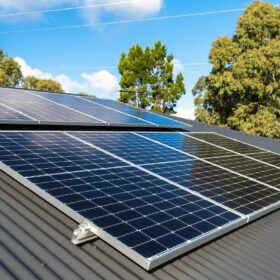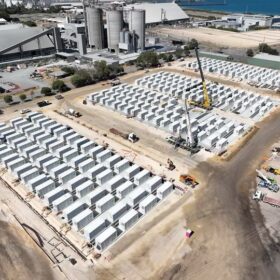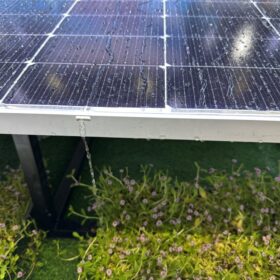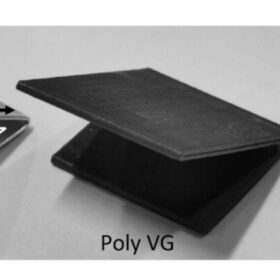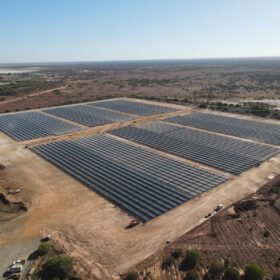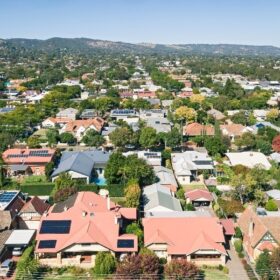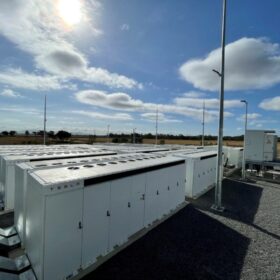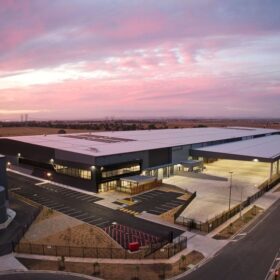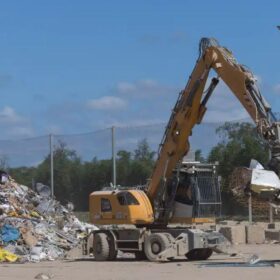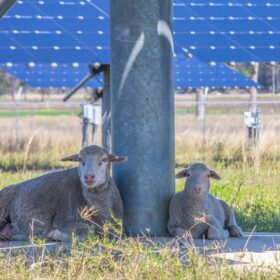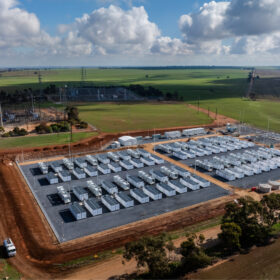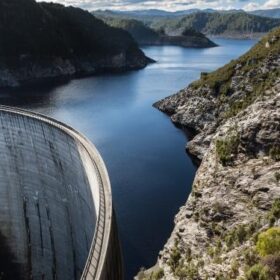Aiko presents ABC solar module with world record efficiency of 25.2%
The Chinese back-contact module maker said its new products rely on the company’s all-back-contact cell technology and feature a temperature coefficient of -0.26% per C.
Sunshine Coast to host Australian first local renewable energy zone
A “nation first” local renewable energy zone will be established on Queensland’s Sunshine Coast as part of a pilot program designed to boost rooftop solar generation, store it and share it locally across the poles and wires infrastructure that already exists.
AEMO calls for sustained investment as WA power supply outlook improves
The Australian Energy Market Operator has eased forecasts of a looming capacity shortfall in Western Australia’s main electricity grid but has warned of the need for “substantial and sustained” investment in renewables to replace coal-fired power stations and meet surging demand from customers electrifying their operations.
JA Solar debuts 23.3%-efficient single-glass, anti-dust solar panel
The new module has a power output of up to 650 W and weighs 29.6 kg. It uses JA Solar’s patented anti-dust frame technology, which reportedly enhances drainage and decontamination performance, thus reducing dust accumulation and avoiding hotspot issues.
UNSW team creates vortex generators for passive solar module cooling
University of New South Wales researchers have created vortex generators that can reportedly reduce the operating solar module temperature by up to 2.5 C. They built two different prototypes, based on aluminum and a conductive 3D printable polymer, and tested them under several scenarios in an experimental setting deployed in Sydney.
Modular solar solution helps mining operation shift to renewables
Modular solar specialist 5B’s pre-assembled and relocatable Maverick solar solution has been unfolded in another off-grid hybrid renewable energy project as the decarbonisation of Australia’s mining sector continues.
AGL tips $150 million into UK-born smart energy platform
Energy major AGL will invest $150 million for a 20% stake in smart energy platform Kaluza in a move the utility hopes will radically transform its retail operations and deliver significant savings.
Renewable developments not on track to meet targets: CEC report
After a lacklustre 2023, the Clean Energy Council’s new quarterly report paints a positive picture of renewable energy projects’ financial commitments, construction, and commissioning, but warns the numbers fall short of hitting the 82% renewables by 2030 target.
Warehouse rooftop solar and batteries could unlock 28 GW
An inert uptake of rooftop solar and battery storage by commercial and industrial business in New South Wales is a 7 GW opportunity missed, and nationally, 28 GW, says Nexa Advisory.
Queensland targets solar and battery waste stream with $45 million commitment
Queensland businesses can now apply for up to $10 million funding for large-scale recycling projects that tackle commercial and industrial waste and provide recovery solutions for renewable energy technologies, including end-of-life solar panels and batteries.

